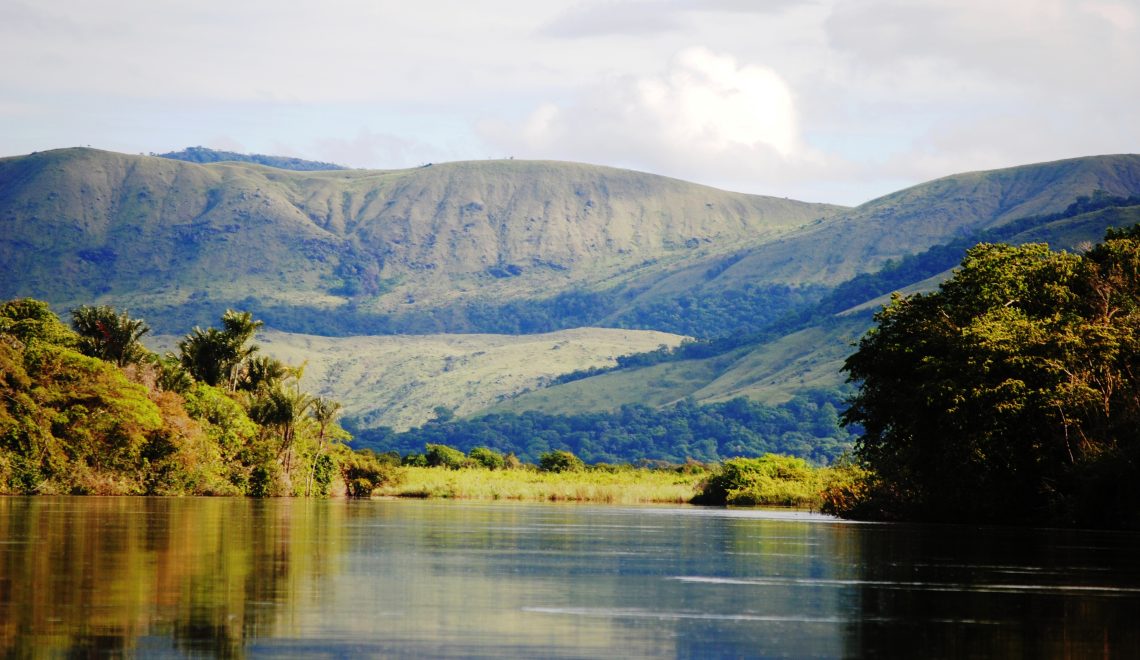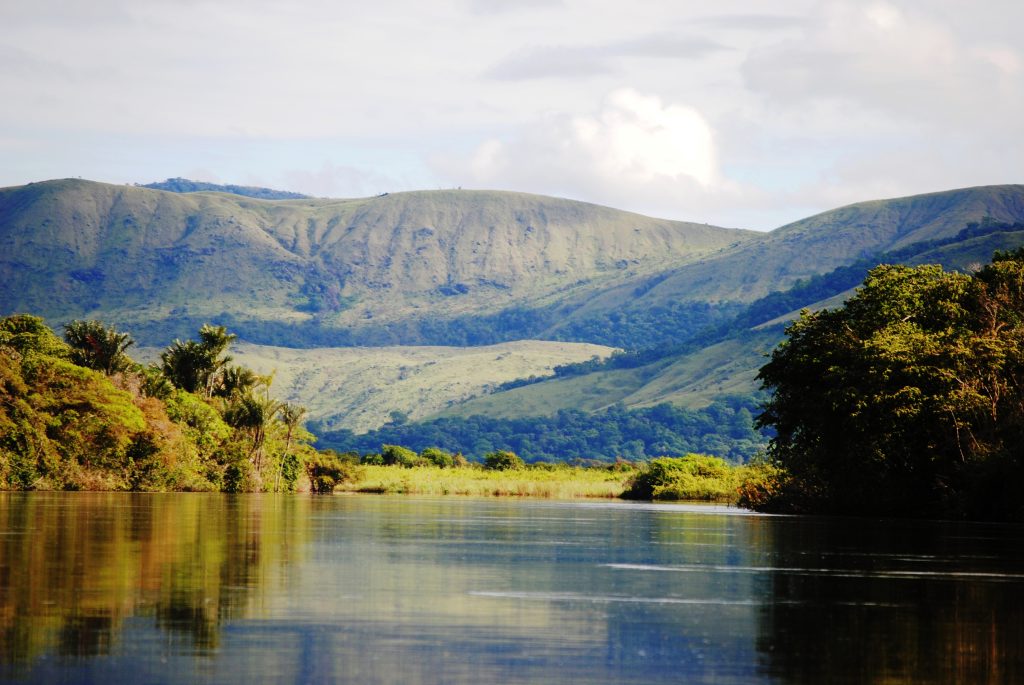Exploring Guyana’s Untamed North Rupununi: Where Nature and Culture Thrive Together


If you’re searching for a destination that still feels wild, real, and untouched, set your compass toward the North Rupununi.
Nestled deep in the heart of southern Guyana, this region is where the rainforest meets the savannah, and where nature and culture coexist in a breathtaking balance few places on Earth can match.
🌿 A Hidden Treasure Beyond the Ordinary
Most travelers know Guyana for its world-famous Kaieteur Falls, but beyond that roaring wonder lies a landscape of endless discovery.
The North Rupununi stretches across rolling grasslands and dense forests, dotted with Indigenous villages, shimmering rivers, and an astonishing variety of wildlife.
Here, adventure doesn’t come prepackaged — it’s lived.
Whether you’re canoeing along the Rewa River, spotting giant river otters and black caimans, or hiking through Iwokrama Forest in search of the elusive jaguar, the Rupununi delivers a kind of raw authenticity that luxury can’t buy.
🦜 Where the Wild Things Are
Guyana’s Rupununi is a dream for eco-travelers and birdwatchers.
Home to over 500 species of birds, it’s one of South America’s most important biodiversity hotspots. Keep your binoculars ready for the vibrant scarlet macaw, the prehistoric-looking hoatzin, and the mighty harpy eagle — the rainforest’s apex predator.
If you prefer ground encounters, you’re in luck: capybaras, tapirs, and giant anteaters roam freely here, often seen crossing the red dirt roads that wind through the savannah.
For many travelers, the real magic comes at dawn — when the mist lifts over the wetlands and the sounds of the forest create a symphony that no recording could ever capture.
🛖 Meet the Makushi: Guardians of the Rupununi
The heart of the North Rupununi beats in its people — the Makushi Nation.
For generations, the Makushi have lived in harmony with the land, practicing sustainable hunting, fishing, and farming. Today, they’re also leaders in community-based tourism, welcoming travelers to experience Guyana through their eyes.
At lodges like Surama Eco-Lodge and Rewa Eco-Lodge, visitors can learn traditional craft-making, try cassava bread baking, or take guided nature walks with villagers who know every bird call and medicinal plant by heart.
These experiences aren’t staged — they’re shared, respectfully and authentically.
🌞 How to Get There
The North Rupununi is accessible by road from Georgetown to Lethem — a 10-12 hour journey that’s as scenic as it is rugged.
For a faster route, you can fly with Trans Guyana Airways or Roraima Airways into Annai Airstrip, then continue by 4×4 to your lodge or village.
Whichever route you choose, getting there is part of the adventure.
🌎 Sustainable Travel at Its Best
Guyana has become a global model for sustainable tourism, and the North Rupununi is a shining example of that vision.
Most lodges are community-owned, and proceeds go directly into conservation, education, and local livelihoods. By visiting, you’re not only exploring a pristine wilderness — you’re helping protect it.
It’s no wonder Guyana was named the “Best in Ecotourism” by the ITB Berlin Awards and continues to be celebrated as one of the world’s last great natural frontiers.
🌅 When to Visit
The best time to visit the Rupununi is during the dry season (November to April) when roads are easier to navigate and wildlife viewing is at its peak.
For those who love festivals, Easter in Lethem brings the famous Rupununi Rodeo — a celebration of ranch life, culture, and community spirit that’s unlike anything else in South America.
🔗 Plan Your Trip
Start planning your Rupununi journey with these helpful resources:
The North Rupununi isn’t about escaping the world — it’s about reconnecting with it.
It’s the kind of place that changes how you see travel, nature, and even yourself.
So pack your sense of wonder, leave your watch behind, and step into a world where time moves to the rhythm of the river.
Guyana’s wild heart is waiting.
